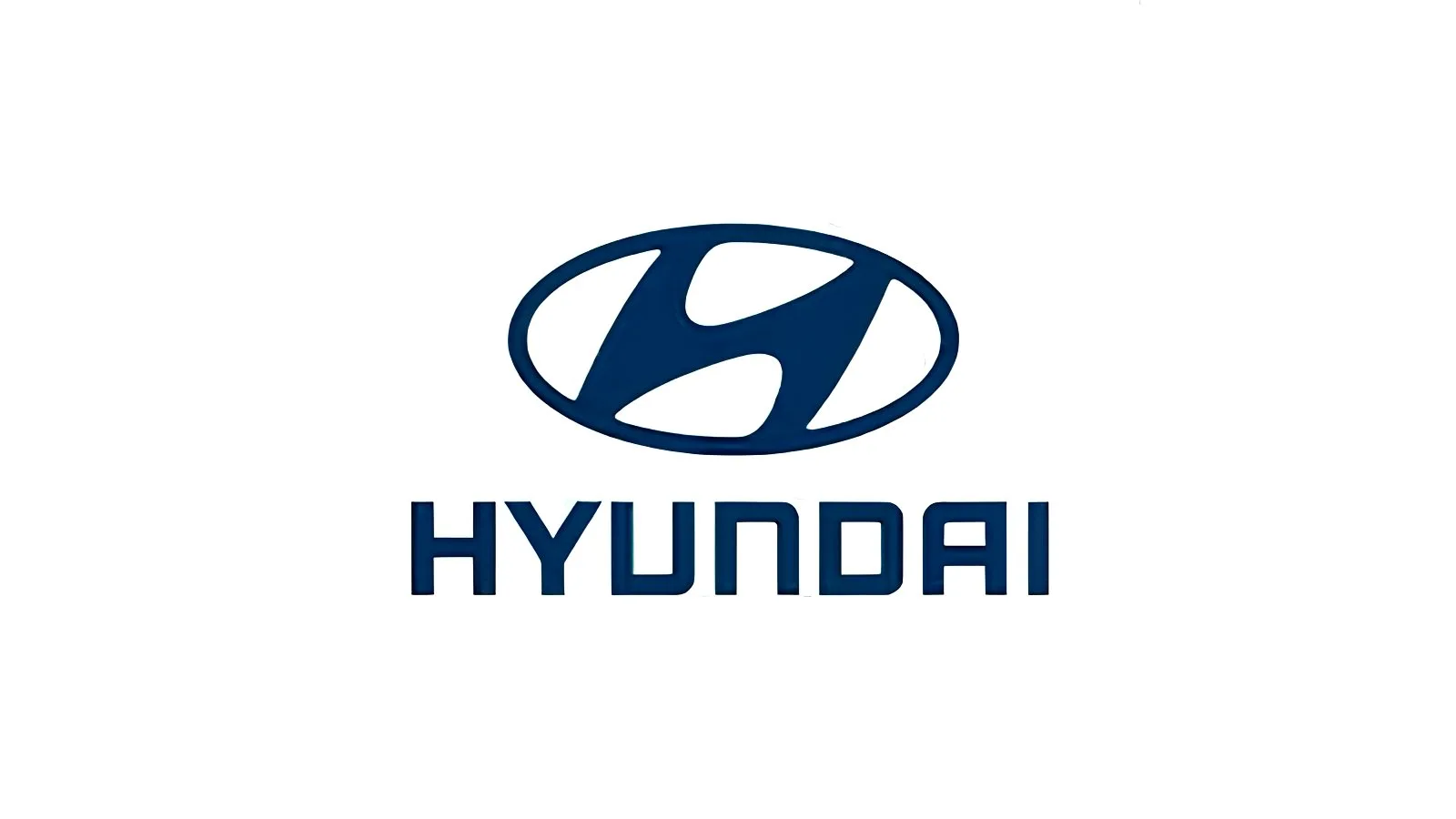Author: Aditya Pareek | EQMint | General News
Hyundai Motor Company has announced a game-changing plan to invest $5 billion (approximately ₹45,000 crore) in India by 2030 — a bold move that signals its intent to make the country a central pillar of its global strategy. The South Korean auto giant aims to transform India into one of its biggest markets and a key production hub for exports, research, and next-generation vehicles.
A Vision for 2030
The investment is part of Hyundai’s long-term roadmap to position India as its second-largest global market after South Korea. The company aims to achieve double-digit growth by 2030, supported by an expansive product lineup, advanced technologies, and a greater push toward sustainability.
Hyundai’s India plan includes significant funding toward product development, R&D, and localization of parts. About 60% of the $5 billion outlay will go into creating new models and technologies — especially electric and hybrid powertrains — while the remaining 40% will be used for expanding manufacturing capacity, upgrading infrastructure, and modernizing its plants in Chennai and Talegaon.
Strengthening Local Leadership
Adding momentum to this transformation, Hyundai announced that Tarun Garg, the current Chief Operating Officer, will take over as Managing Director and CEO of Hyundai Motor India from 2026. This marks the first time an Indian executive will lead Hyundai’s operations in the country — a strong indication that the company is rooting its leadership and strategy deeper into the local market.
A Product Revolution on the Horizon
By 2030, Hyundai plans to launch 26 new or refreshed models in India, including seven all-new nameplates. Among these, several will feature hybrid and electric powertrains designed to appeal to a broad range of Indian consumers.
The first made-in-India electric SUV is expected to hit the market around 2027, targeting both domestic buyers and export markets. However, Hyundai’s electrification strategy is measured. Recognizing India’s limited charging infrastructure and high EV costs, the company plans to focus heavily on hybrid models in the near term.
Hyundai is set to introduce eight new hybrid SUVs by the end of the decade, covering multiple segments. The goal is to make electrified vehicles — whether hybrid, plug-in hybrid, or fully electric — account for 50% to 60% of Hyundai’s total sales in India by 2030.
Expanding Beyond SUVs
While Hyundai remains a dominant player in India’s SUV market, its upcoming portfolio will diversify into new segments. The company plans to enter the MPV (multi-purpose vehicle) category and even explore off-road SUV models aimed at adventure enthusiasts.
Hyundai is also gearing up to bring its luxury brand Genesis to India by 2027. Local assembly of Genesis models will enable the automaker to compete with established premium brands like Mercedes-Benz, BMW, and Audi in the fast-growing luxury car segment.
Turning India into an Export Hub
One of Hyundai’s biggest strategic goals is to make India a global export base. Currently, Hyundai exports to more than 80 countries from India. With the new investment, the company plans to increase export volumes significantly — targeting up to 30% of total production for overseas markets by 2030.
To enable this, Hyundai’s Chennai and Talegaon plants will be upgraded for multi-powertrain production, allowing them to produce internal combustion, hybrid, and electric vehicles simultaneously. This flexibility will help Hyundai adapt quickly to market shifts and export demands.
Sustainability and Innovation at the Core
Sustainability is at the heart of Hyundai’s India roadmap. The company plans to strengthen its green mobility and clean energy initiatives by localizing battery manufacturing, sourcing eco-friendly materials, and reducing its carbon footprint across operations.
It is also investing in advanced R&D and software development at its Hyderabad center — one of Hyundai’s largest innovation hubs outside South Korea. Engineers in India are already working on AI-driven mobility solutions, connected car ecosystems, and energy-efficient drivetrain technologies.
Challenges Ahead
Despite its aggressive ambitions, Hyundai faces multiple challenges. India’s auto industry is highly competitive, with domestic players like Tata Motors and Mahindra rapidly expanding their EV portfolios. Additionally, policy uncertainty around EV incentives and import duties could affect Hyundai’s electrification pace.
There are also supply chain constraints — particularly around battery materials and semiconductor availability — that could impact production. Moreover, consumer affordability and infrastructure limitations remain major hurdles to mass EV adoption.
Nevertheless, Hyundai appears confident that its hybrid-first approach and focus on localization will give it an edge. By aligning with India’s market realities, Hyundai aims to establish a sustainable and scalable growth model rather than chasing short-term EV hype.
A Defining Moment for Hyundai India
Hyundai’s $5 billion commitment underscores its belief that India is not just a market but a strategic pillar in its global transformation. With a mix of local innovation, hybrid technology, and export-oriented production, Hyundai is setting itself up for long-term dominance.
By 2030, India could emerge as the nerve center of Hyundai’s global operations — driving innovation, exports, and growth. For Indian consumers, this means a wave of new models, cutting-edge technology, and greater choice than ever before.
If successful, Hyundai’s India 2030 vision may not just reshape its own business — it could redefine India’s place on the global automotive map.
Disclaimer: This article is based on information available from public sources. It has not been reported by EQMint journalists. EQMint has compiled and presented the content for informational purposes only and does not guarantee its accuracy or completeness. Readers are advised to verify details independently before relying on them.









